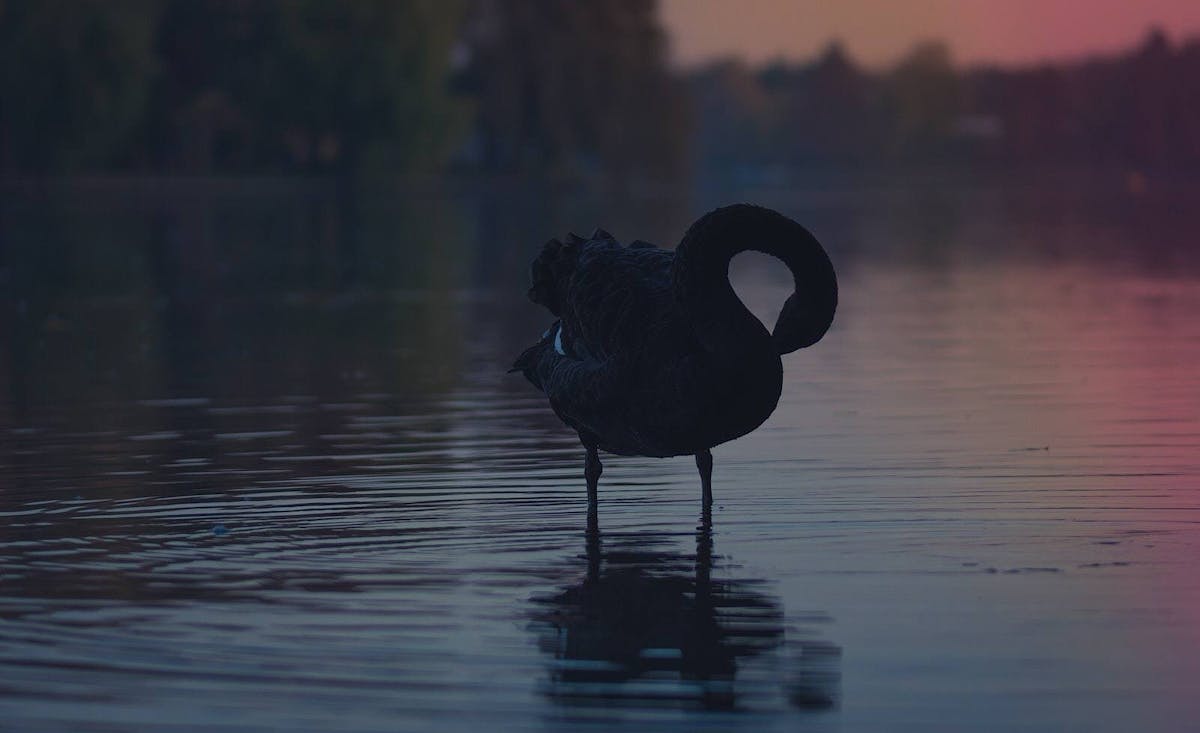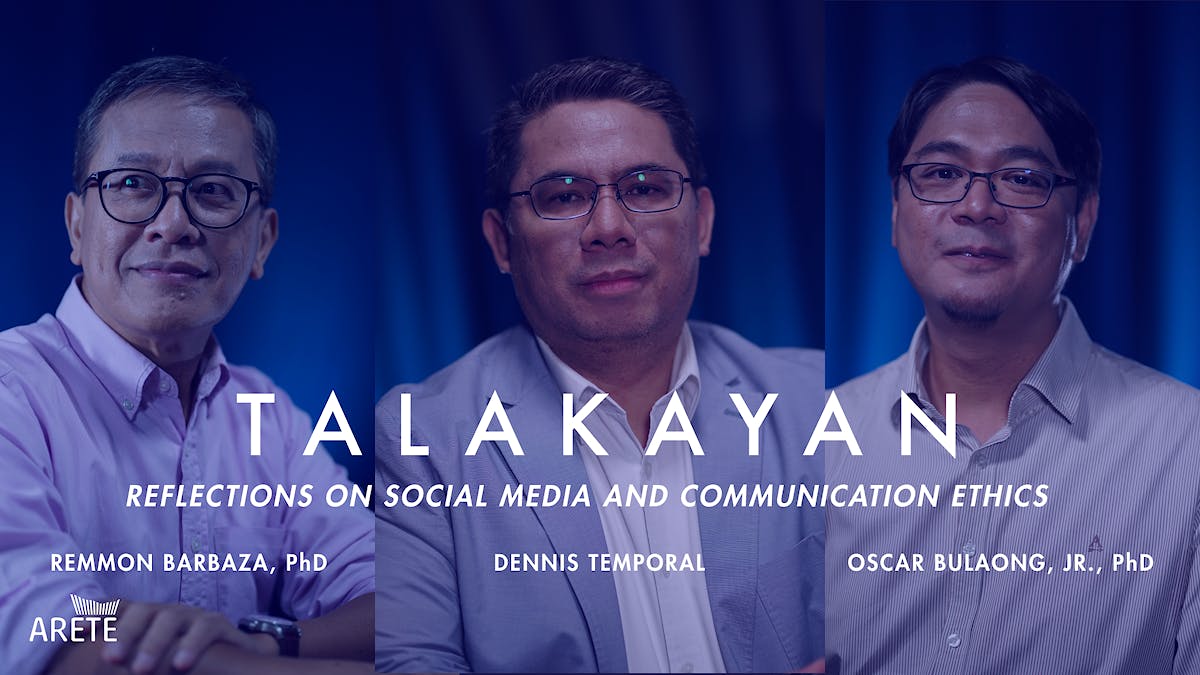
Our Way Forward
Of Black Swans and Gray Rhinos
I work in risk management; to be more specific, a rather specialized field known as enterprise risk management (ERM). ERM provides a framework and process for risks to be articulated and assessed in a strategic context so that entities can make well-informed decisions.

I work in risk management; to be more specific, a rather specialized field known as enterprise risk management (ERM). ERM provides a framework and process for risks to be articulated and assessed in a strategic context so that entities can make well-informed decisions.
Two risk terms that seemed to have picked up steam these past few months are Black Swan and Gray Rhino. Black Swan is not a new term by any means. Its oldest known occurrence is from the 2nd-century Roman poet Juvenal’sdescription of something being "a rare bird in the lands and very much like a black swan". It became a phrase to connote impossibility - since historical records prior to the 17th century showed that all swans had white feathers, the black swan was presumed not to exist. Until 1697, when Dutch explorers became the first Europeans to see a black swan in Western Australia. After that, the phrase took on the meaning of something thought to impossible that could later be disproven.
In modern times, the phrase owes it popularity to Nassim Nicholas Taleb who extended the metaphor first to financial events in a 2001 book and then to non-financial events in his 2007 book “The Black Swan: The Impact of the Highly Improbable”. Today, Black Swan refers to an event that is unforeseen but with huge, possibly catastrophic, impact. Examples of Black Swans are the rise of the Internet, the dissolution of the Soviet Union, and the 9/11 terrorist attacks. Taleb’s exact description is: “First, it is an outlier, as it lies outside the realm of regular expectations, because nothing in the past can convincingly point to its possibility. Second, it carries an extreme 'impact'. Third, in spite of its outlier status, human nature makes us concoct explanations for its occurrence after the fact, making it explainable and predictable.”
Gray Rhinos, on the other hand, are highly probable events, also with significant impact, yet seemingly ignored or neglected until it’s too late. Very similar to the “elephant in the room” – everyone knows it’s there but no one wants to talk about it, much less address it. The term was coined in 2013 by Michele Wucker, an American author and policy analyst. She wanted a metaphor, similar to the Black Swan, to get people to pay attention to obvious risks and do something about them. Some of today’s Gray Rhinos are the US-China tensions, wealth inequality, cybersecurity threats, and climate change. Gray Rhinos are usually surrounded by other Gray Rhinos and aptly enough, the zoological term for a group of rhinos is a “crash”! The important difference between the Black Swan and the Gray Rhino is that, with the latter, you have a choice. As Wucker says “Either you get trampled or you get out of the way, or you can hop on the back of the rhino and use the crisis as opportunity.”
On the surface, the CoVid-19 pandemic seems to be a Black Swan and many experts have dubbed it as such. No one saw it coming and its catastrophic impact is undeniable. But is it really a Black Swan? For years, public health experts have warned that the next global dilemma would not be a war but an epidemic. Think back to SARS, MERS and H1N1. Since 2016, the World Economic Forum has cited “infectious disease outbreaks” as part of its annual global top risks. So we cannot say we were not warned. Given what we knew about pandemics, their increasing likelihood and potential impact, we should have seen this coming. But did we do anything about improving health care systems? No. So Covid-19 is really a Gray Rhino.
But beyond the correct animal terminology, what can the Black Swan and the Gray Rhino do for us? It’s all about naming our risks and how we respond to them. It’s about not letting the big, scary thing in front of us paralyze us. It’s about getting a sense of urgency but not panicking. And finally, it’s about doing something. And as you can see from the diverse responses from around the world, people and countries are choosing different paths. Some are getting trampled to death, some have gotten out of the way, and a few have even hopped on the rhino’s back. Have you, have we made the right choice?
















